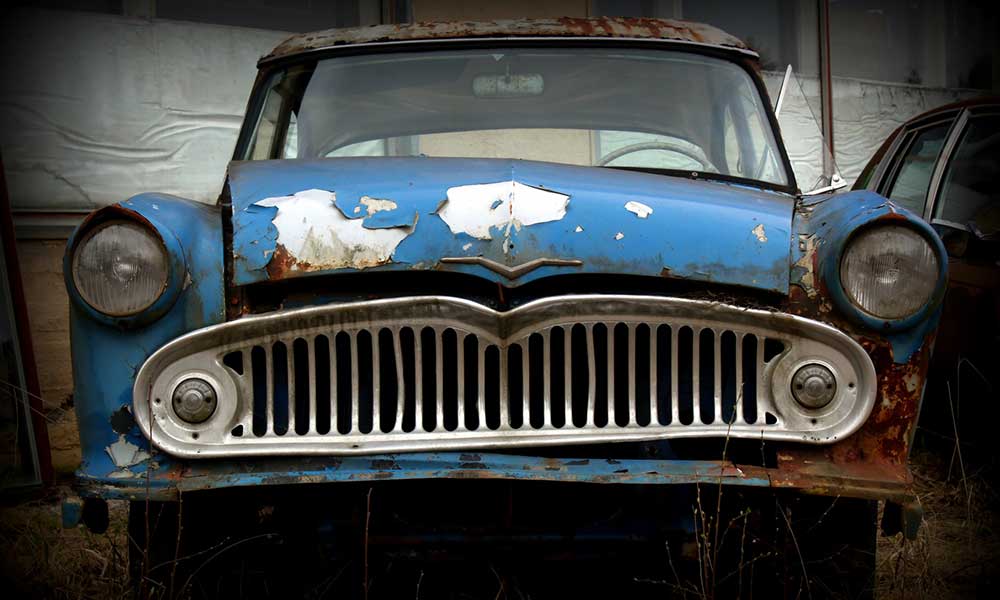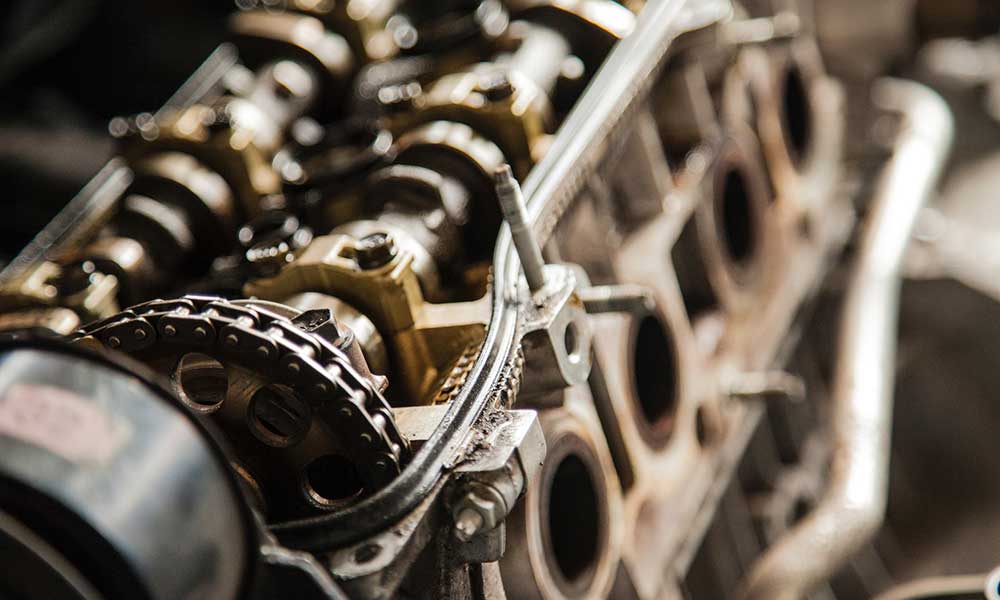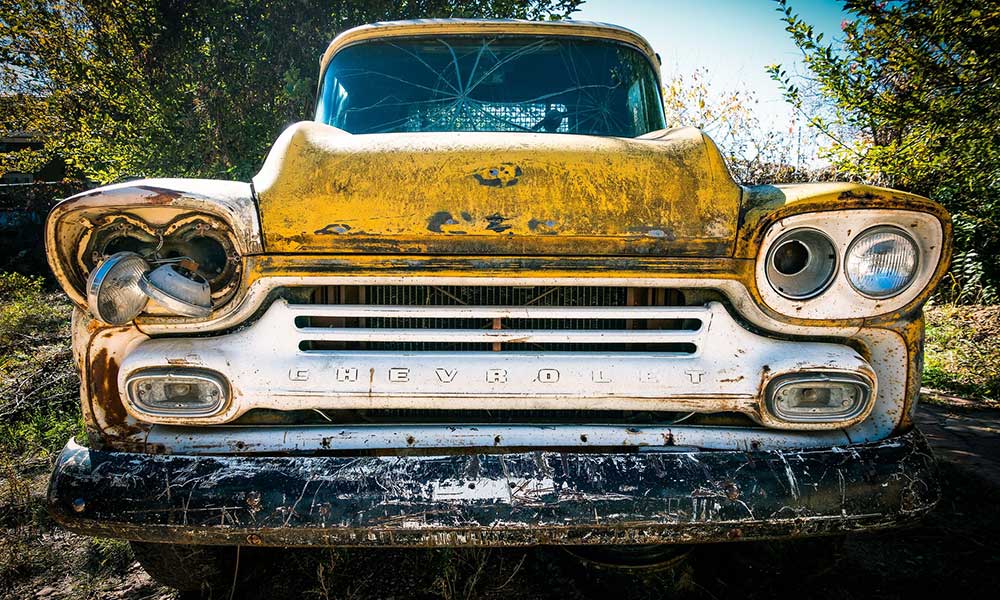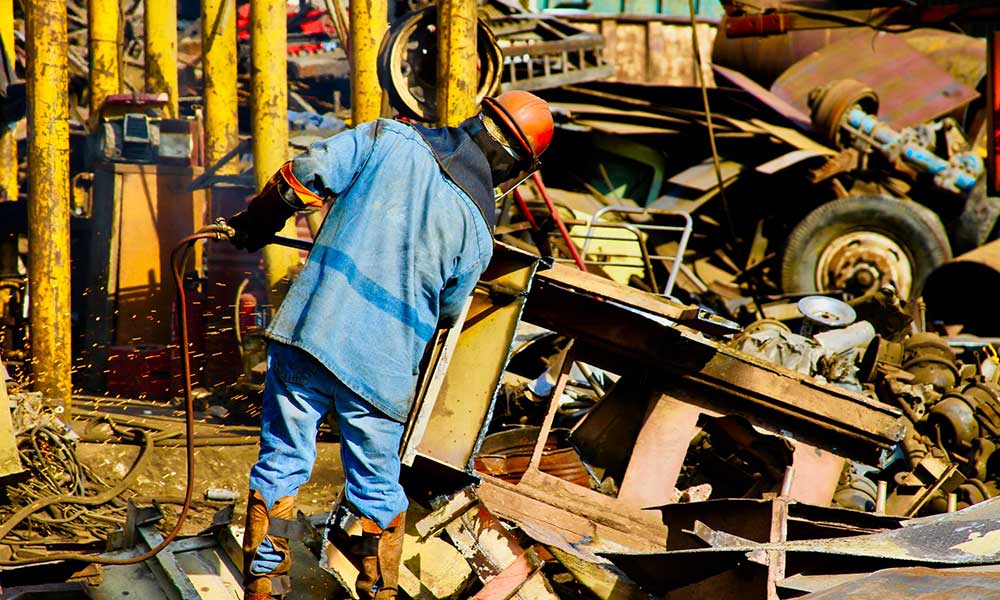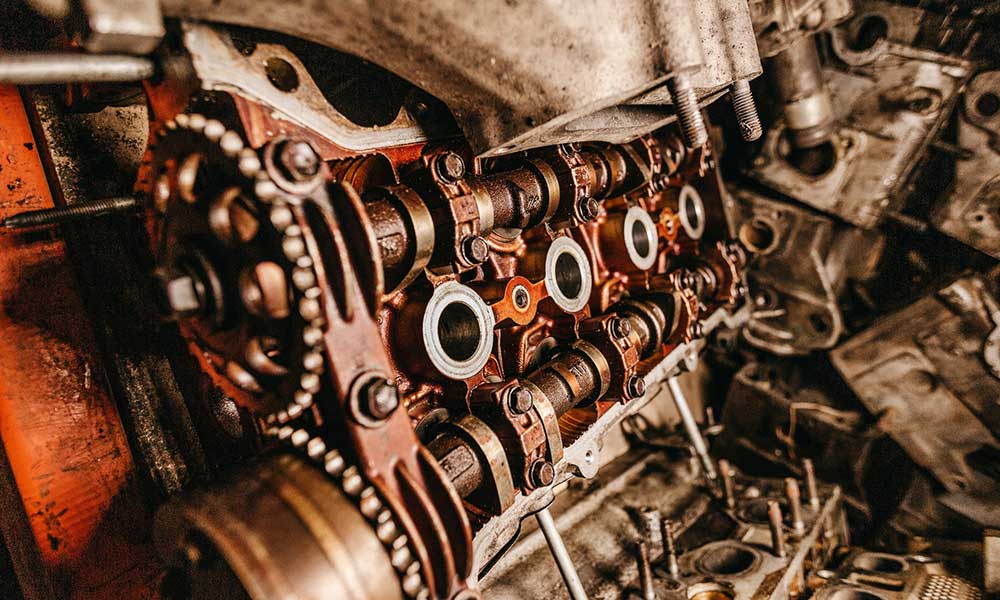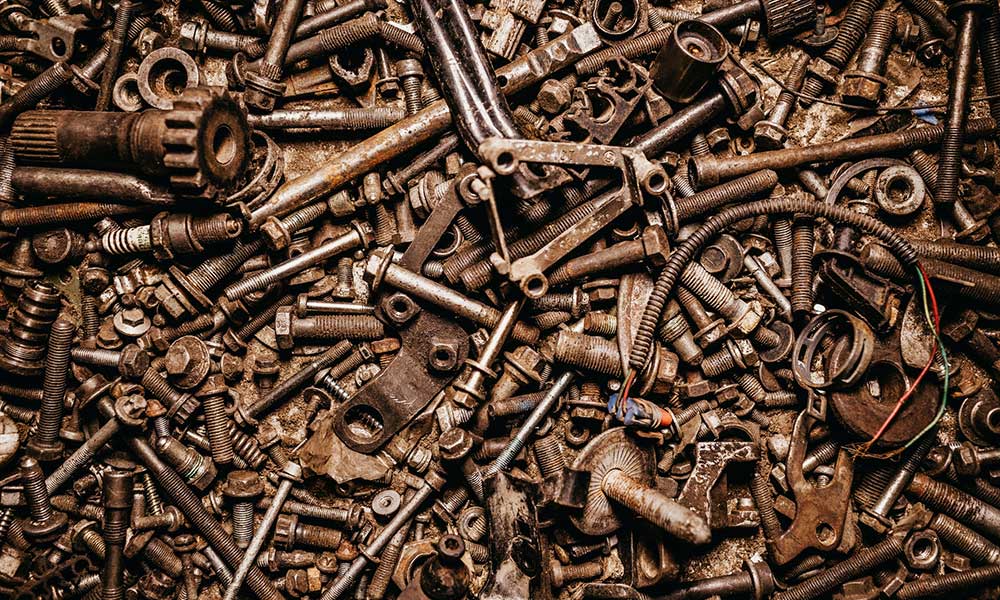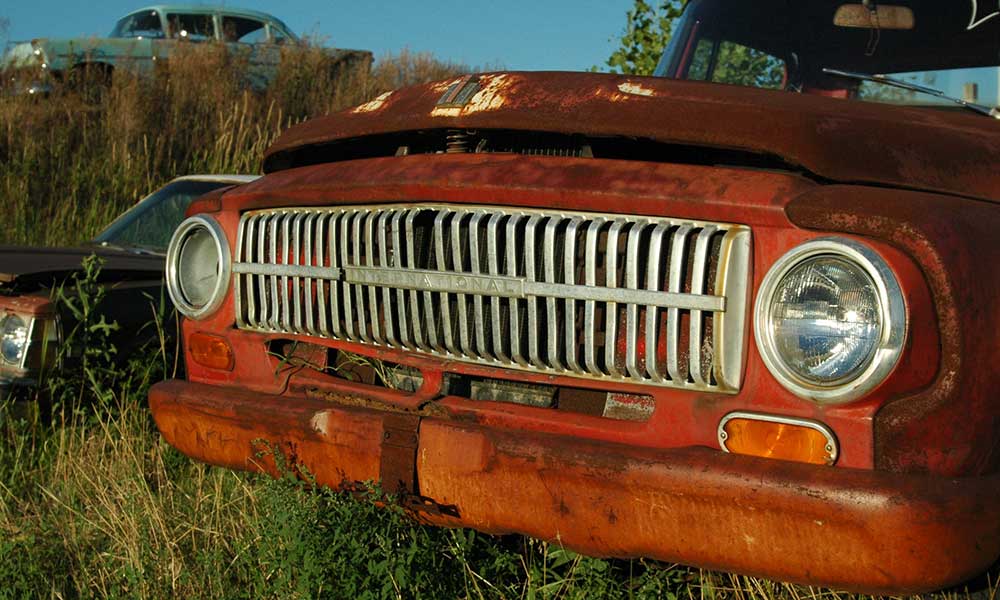The California Smog Check Program was created to improve air quality across the state by ensuring that vehicles meet minimum emission standards.
If you want to own a car in California, you’ll need to make sure your vehicle meets the program requirements.
Here, we’ll tell you everything you need to know about the program, how to pass, and what options you may have if you fail.
1. How Long is a Smog Check Valid?
In California, most vehicles require a smog check every two years.
However, this requirement does not apply to vehicles manufactured in certain years, new and electric vehicles. Visit the DMV website for a full list of exceptions.
2. Smog Check Requirements When Selling Your Car
You can’t sell your car in California without passing a smog check within 90 days before the sale.
You must provide the buyer with a certificate of the inspection unless you are transferring ownership to a family member or your vehicle is exempt. If your car is less than 4 years old, you won’t need to get a smog check, but the purchaser of your vehicle will need to pay a smog transfer fee.
3. How Much Do Smog Checks Cost?
The price of a smog check in California is not regulated and can fluctuate between $30 to $70.
This may not include the cost of the certificate itself which is charged to cover operations, administration and enforcement of the program.
To avoid a smog check for exempt vehicles, you may be charged an abatement fee. STAR stations may be more expensive as they adhere to higher standards.
To find a smog check station near you, check www.smogcheck.ca.gov. Call stations in advance to compare costs.
4. What Happens During A Smog Check?
A smog test lasts under 30 minutes. During this time, a technician will perform a visual inspection of your vehicle’s exhaust system and use diagnostic tests to measure emissions for high amounts of CO, CO2, HC, O2 and NOx.
5. What Is the Difference Between a Regular Smog Check and a STAR Smog Check?
A STAR station is required to follow high performance guidelines set by the California Bureau of Automotive Repair. A certain percentage of vehicles, including those with higher emission rates, must receive a smog check from a STAR certified station.
If you are required to visit a STAR station, this will be specified when you receive your registration renewal reminder.
6. How To Pass a California Smog Check
Check out our 10 step guide for passing a smog test in California.
7. How Can I Pass a Smog Check With a Bad Catalytic Converter?
Unfortunately, it is unlikely that you will pass a smog check with a bad catalytic converter. However, for low-income individuals, the Consumer Assistance Program can help cover the cost of repairs or pay you to retire your old vehicle.
8. Will a Check Engine Light Fail A Smog Test?
If your check engine light is on, you will fail a smog test.
This light can indicate serious engine issues and it’s important to have it checked at a service station to prevent further damage.
9. Which Type of Smog Check Do I Need?
Most vehicles only need to be smog checked at a regular test and repair station. If you need to visit a STAR station, this will be noted on your registration renewal reminder.
10. What Is a California DMV Smog Check Waiver?
If you failed your smog check and qualify for the Consumer Assistance Program, you may be eligible for a 2-year smog check waiver.
If you believe you are eligible, contact the Smog Referee Program to discuss your situation and request a waiver.
11. Do You Need To Pass a Smog Check To Renew Your Registration?
You cannot renew your vehicle’s registration in California unless you pass a smog check or obtain a 2-year waiver from the Smog Referee Program.
12. How Do I Pass a Visual Smog Test at Inspection?
To prepare for a visual smog check in California, look for any warning lights on your dashboard or smoke coming from your vehicle’s exhaust pipe.
You will also want to look under your vehicle to confirm that all hoses and wires are in place.
13. What Is the California Vehicle Buy Back Program?
The Consumer Assistance Program offers some Californians a cash incentive to retire vehicles that do not meet the state’s emission standards.
To check your eligibility and apply online, visit the Bureau of Automotive Repair’s website.
14. What Is a Gross Polluter Vehicle?
A gross polluter is a vehicle with emission levels exceeding the amount deemed acceptable by the California Air Resources Board (ARB) and Department of Consumer Affairs (DCA).
15. California Smog Check Repair Assistance
For low-income residents of California, the Consumer Assistance Program may be able to help cover the cost of repairs for vehicles failing the smog test. To check your eligibility or apply online, visit the Repair Assistance website.
Key Terms for the California Smog Check
- BAR: Bureau of Automotive Repair. The agency that licenses Smog Check stations and inspectors.
- CAP: Consumer Assistance Program. A BAR program developed to assist low-income individuals with financial assistance for repair costs and vehicle retirement.
- Emissions Test: One of the three parts of the California Smog Check that analyzes the emissions coming from a vehicle’s tailpipe.
- Functional Inspection: One of the three parts of the California Smog Check that tests the vehicle’s ignition timing and Exhaust Gas Recirculation system.
- Regular Test and Repair Station: An inspection station that is not STAR certified and cannot be used to smog check gross polluter and directed vehicles.
- STAR Station: An inspection station that is certified to perform smog testing on gross polluter and directed vehicles based on high performance standards.
- Visual Inspection: One of the three parts of the California Smog Check that is used to identify exhaust smoke as well as damaged, loose or disconnected pieces of the exhaust system.

